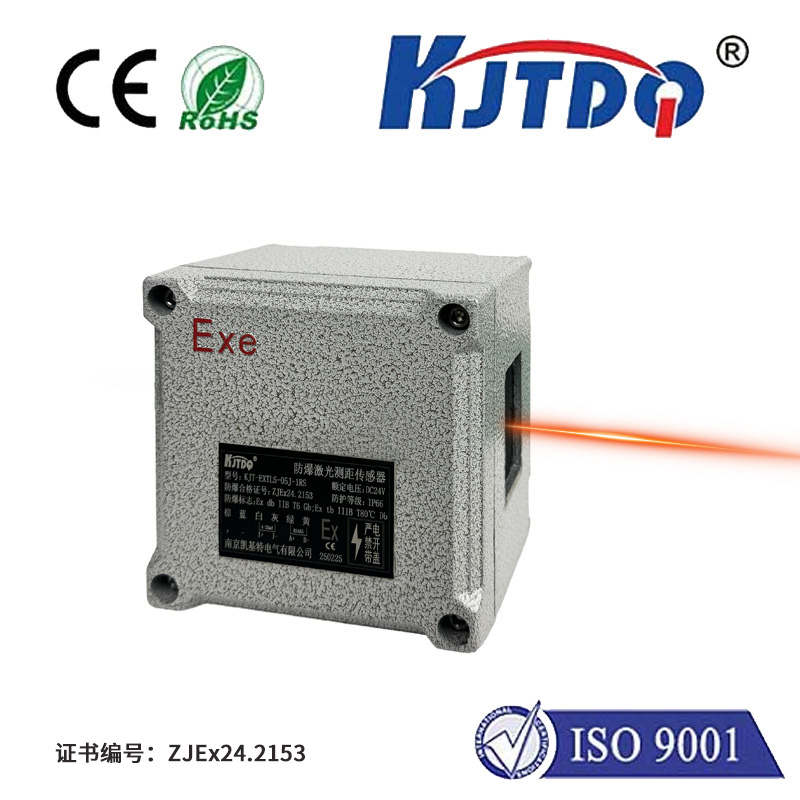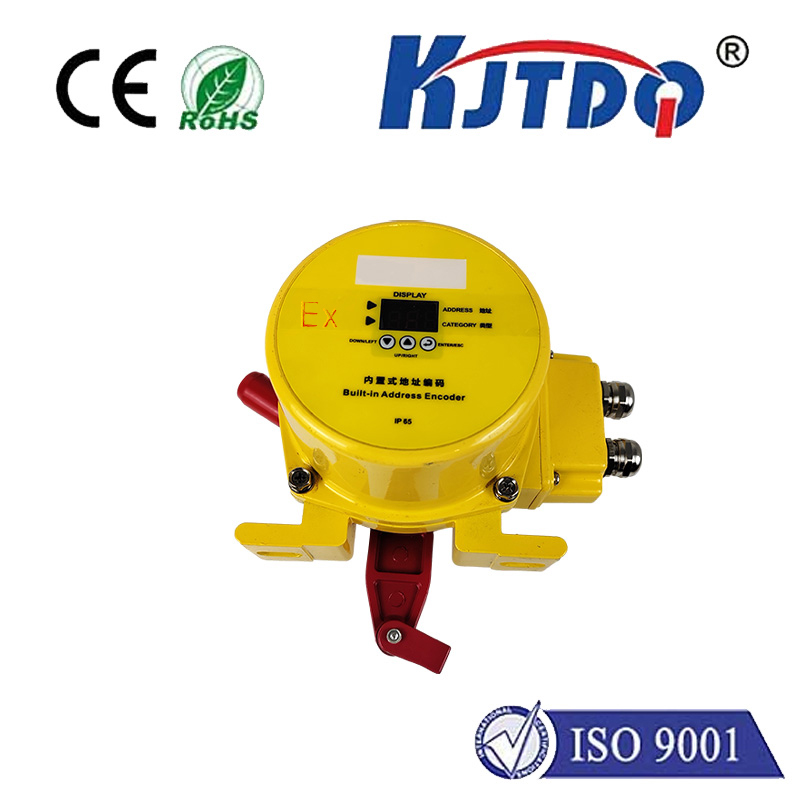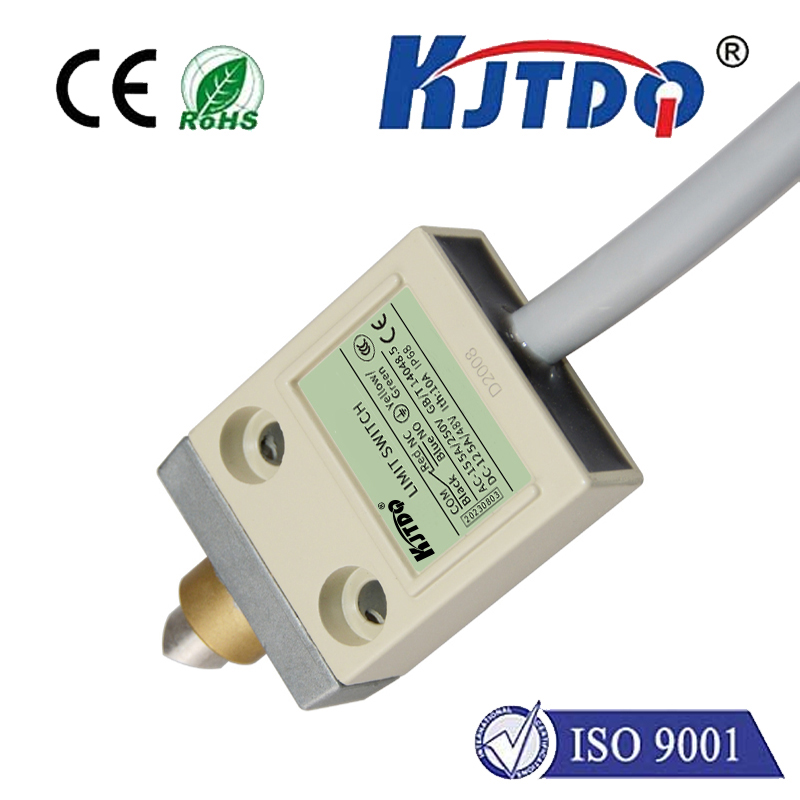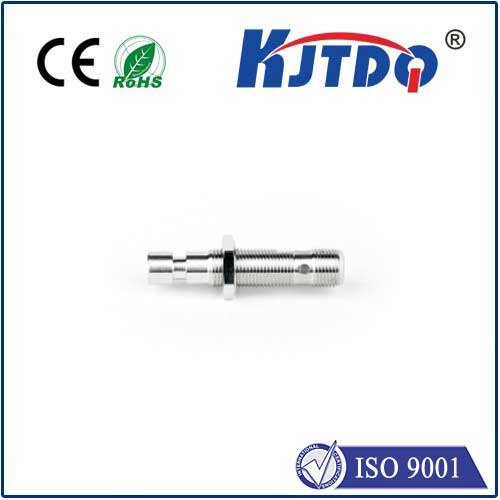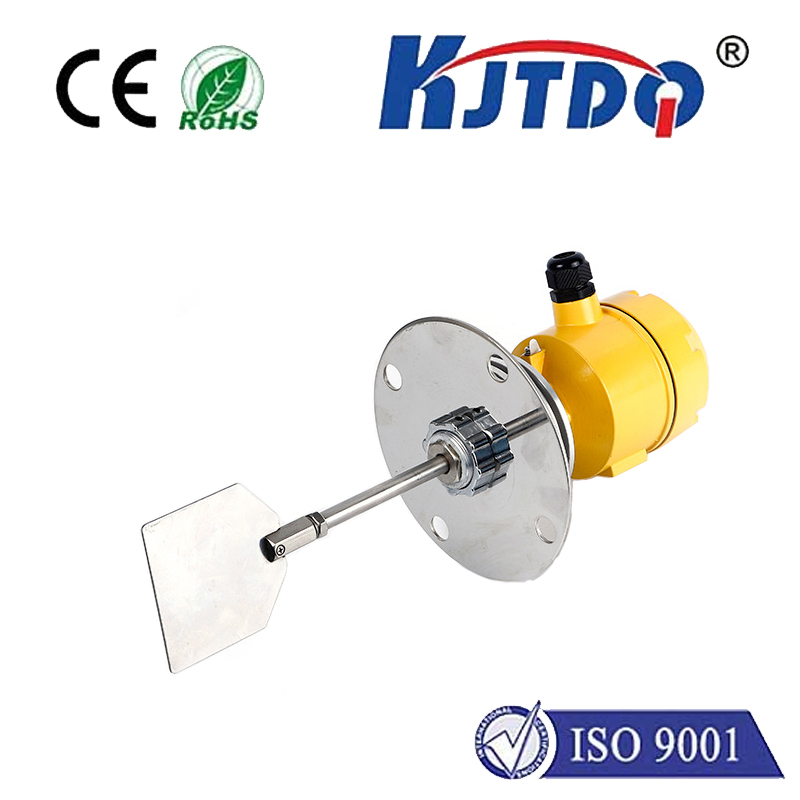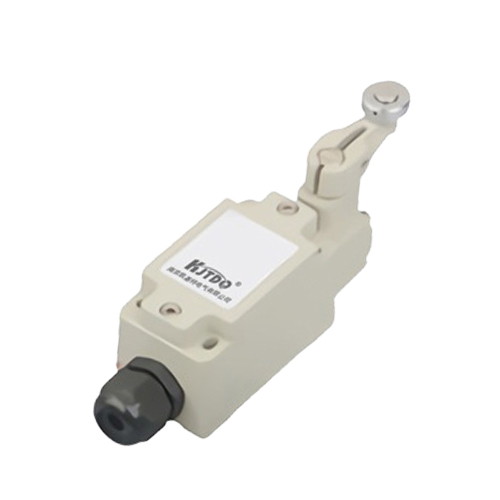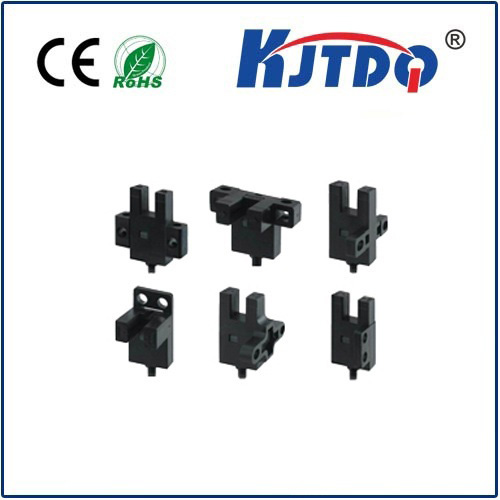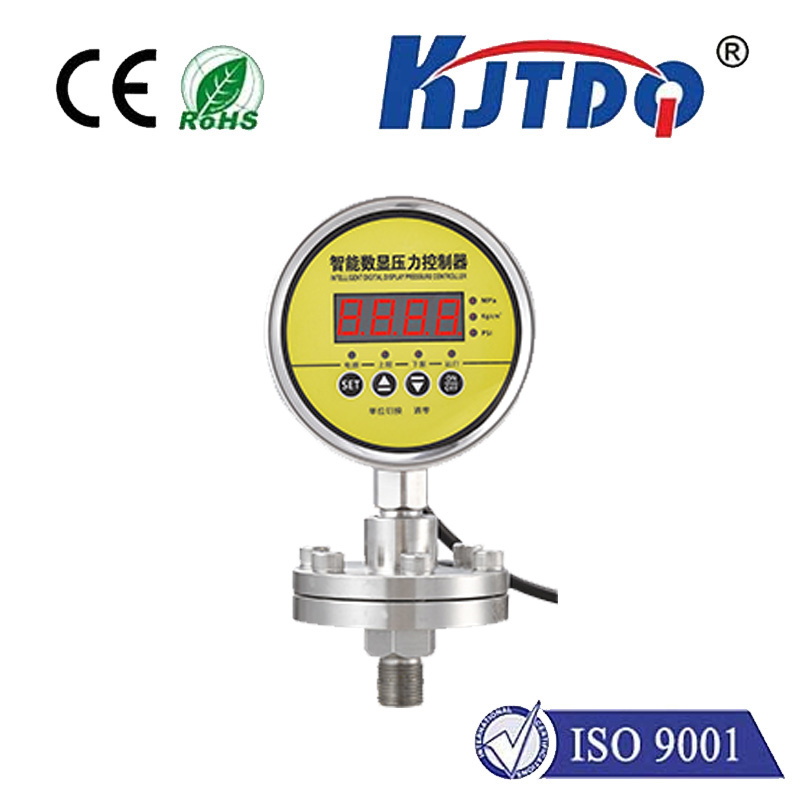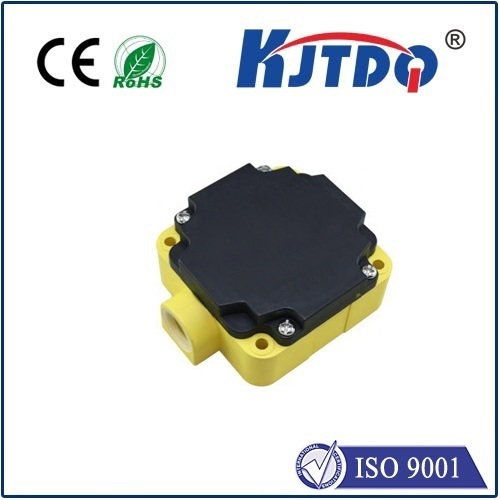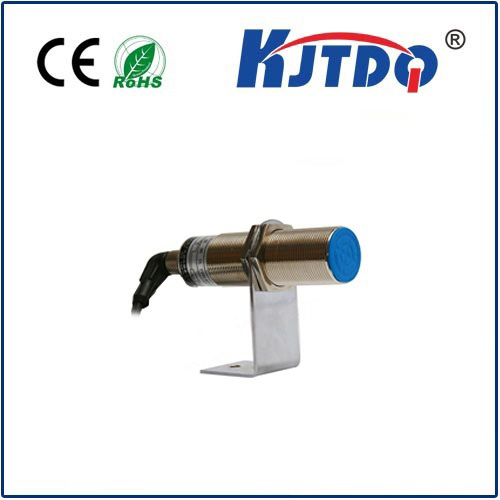

check

check

check

check

check

check

check

check

check

check
Laser Sensor for Distance Measurement: Revolutionizing Accuracy and Efficiency
In the world of technology, innovation is the key driving force that shapes our future. One such innovation that has revolutionized the field of distance measurement is the laser sensor. This groundbreaking technology has not only improved the accuracy of measurements but has also increased efficiency in various industries. In this article, we will discuss the benefits of using a laser sensor for distance measurement and how it has transformed the way we approach this task.
Firstly, let's understand what a laser sensor is. A laser sensor emits a beam of light that bounces off an object and returns to the sensor. By measuring the time it takes for the light to travel to the object and back, the sensor can calculate the distance between them. This method is known as Time of Flight (ToF) and is widely used in modern laser sensors.

The use of laser sensors for distance measurement offers several advantages over traditional methods. One of the most significant benefits is their unparalleled accuracy. Laser sensors can measure distances with precision down to a few millimeters, making them ideal for applications where high accuracy is crucial. Additionally, they are immune to environmental factors such as rain, fog, or dust, which can affect other types of sensors.
Another advantage of laser sensors is their ability to provide real-time data. Unlike conventional measuring techniques, which require manual recording and analysis, laser sensors can instantly transmit data to a computer or mobile device. This feature enables users to monitor and adjust measurements on the go, saving valuable time and resources.
Moreover, laser sensors have made distance measurement more accessible and user-friendly than ever before. With the advent of compact and portable devices, anyone can perform precise measurements without requiring specialized training or equipment. This democratization of technology has opened up new possibilities for individuals and businesses alike, allowing them to tackle complex projects with confidence.
The applications of laser sensors for distance measurement are vast and varied. In construction, they are used to measure building dimensions and ensure structural integrity during construction. In manufacturing, they help in quality control by measuring the dimensions of products accurately. In agriculture, laser sensors aid in crop monitoring and yield prediction by measuring plant height and density. The list goes on, demonstrating the versatility and importance of this technology in various industries.
In conclusion, the laser sensor for distance measurement has truly been a game-changer in the realm of technology. Its exceptional accuracy, real-time data transmission, and user-friendly nature have made it an indispensable tool across multiple sectors. As we continue to embrace innovation and push the boundaries of what is possible, the laser sensor stands as a testament to human ingenuity and our relentless pursuit of progress.
